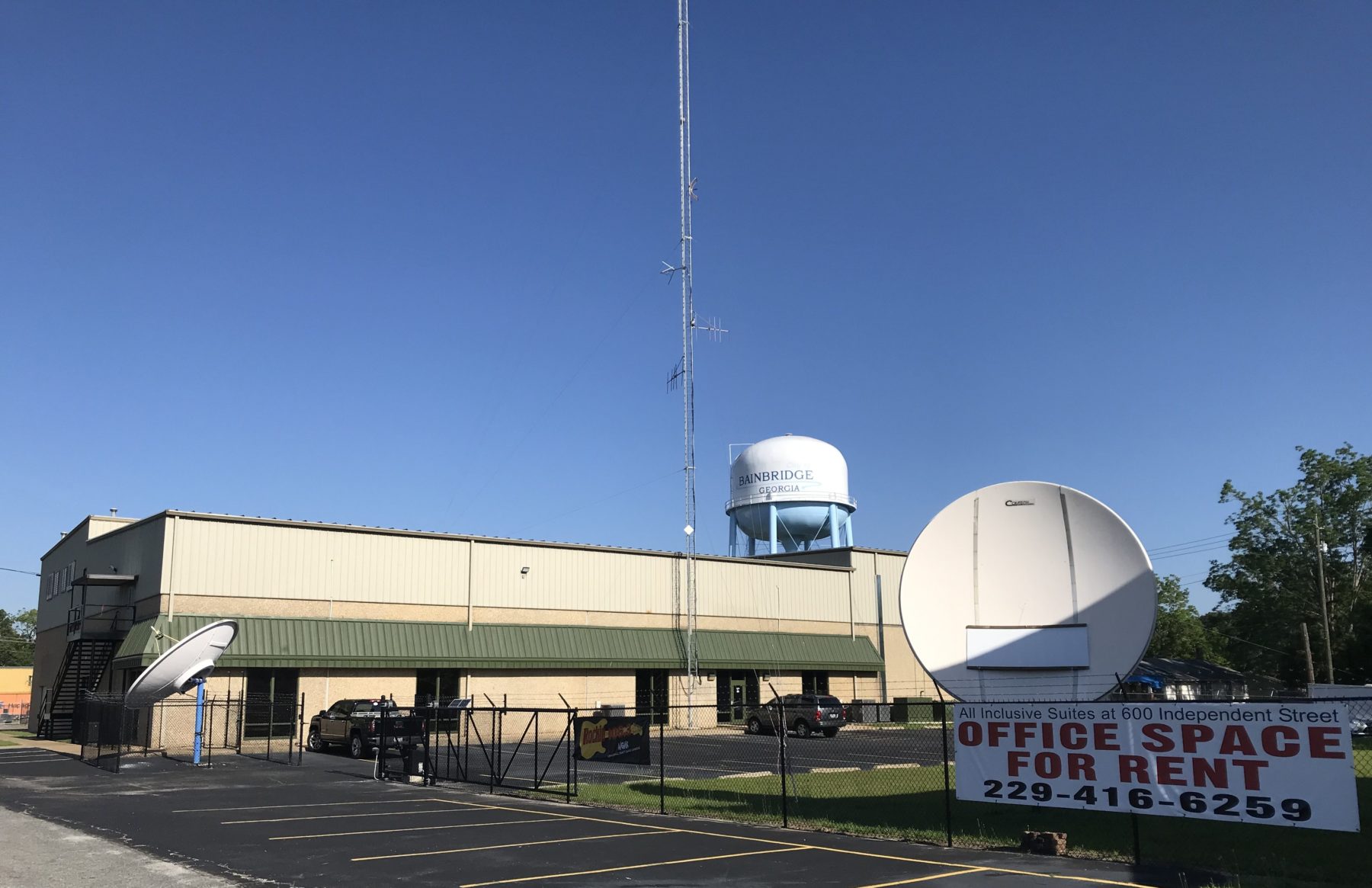
 Drivers going between Bainbridge and Climax on U.S. Highway 84 may have recently noticed the installation of some new utility lines near what is known as Curry Hill.
Drivers going between Bainbridge and Climax on U.S. Highway 84 may have recently noticed the installation of some new utility lines near what is known as Curry Hill.
Georgia Transmission Corporation, which is not affiliated with Georgia Power, recently constructed a set of new transmission lines that cross over U.S. Highway 84 and run for several miles along a utility corridor that cuts through mostly wooded area. The lines go south along Climax-Attapulgus Road and end at what Georgia Power calls the South Bainbridge transfer station, which is located on Woodhull Road off U.S. 27 South.
You may notice the difference between regular power lines (also called distribution lines) and transmission lines because the transmission lines, which are designed to carry electricity over longer distances, have three wires instead of one on a regular line. Transformers are devices that convert higher-voltage electricity into smaller voltages, so that electricity can be transferred over the distribution lines that carry power to homes and businesses.
So what’s the big deal? The new transmission lines built by Georgia Transmission Corporation carry 115 kilovolts of power and replace an older line that only carried 69 kilovolts. The old 69kv line was located at the intersection of Shotwell Street and the eastern end of the U.S. 27/84 bypass.
 Joe Truhett, the area manager for Georgia Power, talked about the benefits that upgrading transmission lines can bring.
Joe Truhett, the area manager for Georgia Power, talked about the benefits that upgrading transmission lines can bring.
Georgia Power recently upgraded some transmission lines it operates in the Attapulgus community in southern Decatur County. Georgia Power upgraded one transmission line and built a new 115 kilovolt line. The two lines, one of which primarily serves the BASF Corporation plant, puts Attapulgus on a loop system — if the line that serves the Attapulgus community were to have problems, the line that serves BASF could be used as a backup to continue service to residents and businesses, Truhett explained.
“[New transmission lines] carry a lot more load,” Truhett said. “Upgrading the power grid increases service reliability and helps prepare for future growth.”
Truhett said the process of upgrading or building new transmission lines takes several years of planning and engineering and usually takes a decade from start to finish.
“You have to determine the right place to build the line, what size of line you need and what technology should be implemented in the lines,” Truhett said. “It also takes time to acquire the property easements and utility right-of-ways necessary to run the wires over private property.”
New transmission lines benefit customers of Georgia Electric Membership corporations (EMCs) as well.
Georgia Transmission Corp. says it plans, builds and maintains high-voltage power lines and substations that keep 38 electric membership cooperatives and about 4.1 million Georgians in business. The company works with other major utilities to jointly plan and operate the state’s power grid of 17,500 miles of transmission lines, and builds up to 100 miles of new facilities each year. GTC inspects and protects its 3,000 miles of power lines and substations – all in an effort to make outages as rare as possible for EMC customers at home, work and play.
Did you know you can check the status of Georgia Power outages online? Bookmark outagemap.georgiapower.com and visit the site to see a map of outages and read when power service will be restored. You can also visit Georgia Power’s website for help with your power bill and to find out how Georgia Power employees stay active in the communities they serve.




Be the first to comment